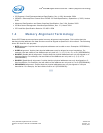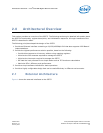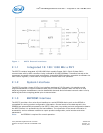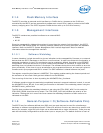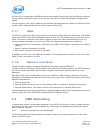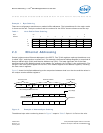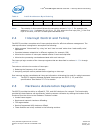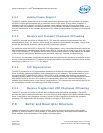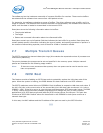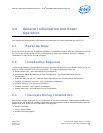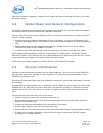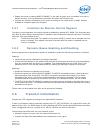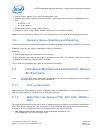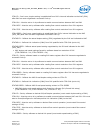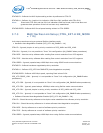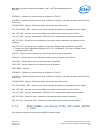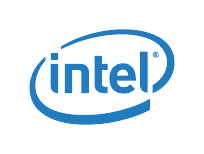
Intel
®
82575EB Gigabit Ethernet Controller — Multiple Transmit Queues
Intel
®
82575EB Gigabit Ethernet Controller 324632-003
Software Developer’s Manual and EEPROM Guide Revision: 2.1
28 January 2011
The software gives the hardware ownership of a queue of buffers for receives. These receive buffers
store data that the software then owns once a valid packet arrives.
For transmits, the software maintains a queue of buffers. The driver software owns a buffer until it is
ready to transmit. The software then commits the buffer to the hardware; the hardware then owns the
buffer until the data is loaded or transmitted in the transmit FIFO.
Descriptors store the following information about the buffers:
• The physical address
• The length
• Status and command information about the referenced buffer
Descriptors contain an end-of-packet field that indicates the last buffer for a packet. Descriptors also
contain packet-specific information indicating the type of packet, and specific operations to perform in
the context of transmitting a packet, such as those for VLAN or checksum offload.
2.7 Multiple Transmit Queues
The 82575 supports four transmit descriptor rings (this matches the expected number of processors on
most server platforms).
The priority between the queues can be set and specified in the memory space. Multiple transmit
queues are intended for the following usage models.
Note: If there are more processors than queues, then one queue can be used to service more
than one processor.
2.8 iSCSI Boot
This feature consists of adding an iSCSI class code to potentially replace the LAN class code of the
ports. When the system is booting, the BIOS detects this class code and runs SCSI software.
The 82575 reads two control bits out of EEPROM. Each bit affects its respective LAN class code value. If
the bit is 0b (this is the current value of the unused bits) the LAN class code remains as it is (value =
020000 = LAN). If the bit is set to 1b, the LAN class code becomes a SCSI class code (value = 010000
= SCSI). Having this functionality enables programmers to change one port (or two in specific
applications) to a SCSI device type and loads an iSCSI miniport driver for that port. This port also
functions as iSCSI HBA. Default values for these fields in the EEPROM for both ports remain as a
network class type.
In this case, the MAC address and the IP address of the port are used by the iSCSI function.
§ §



